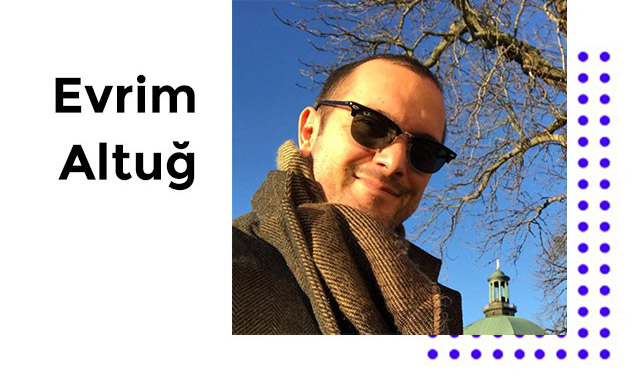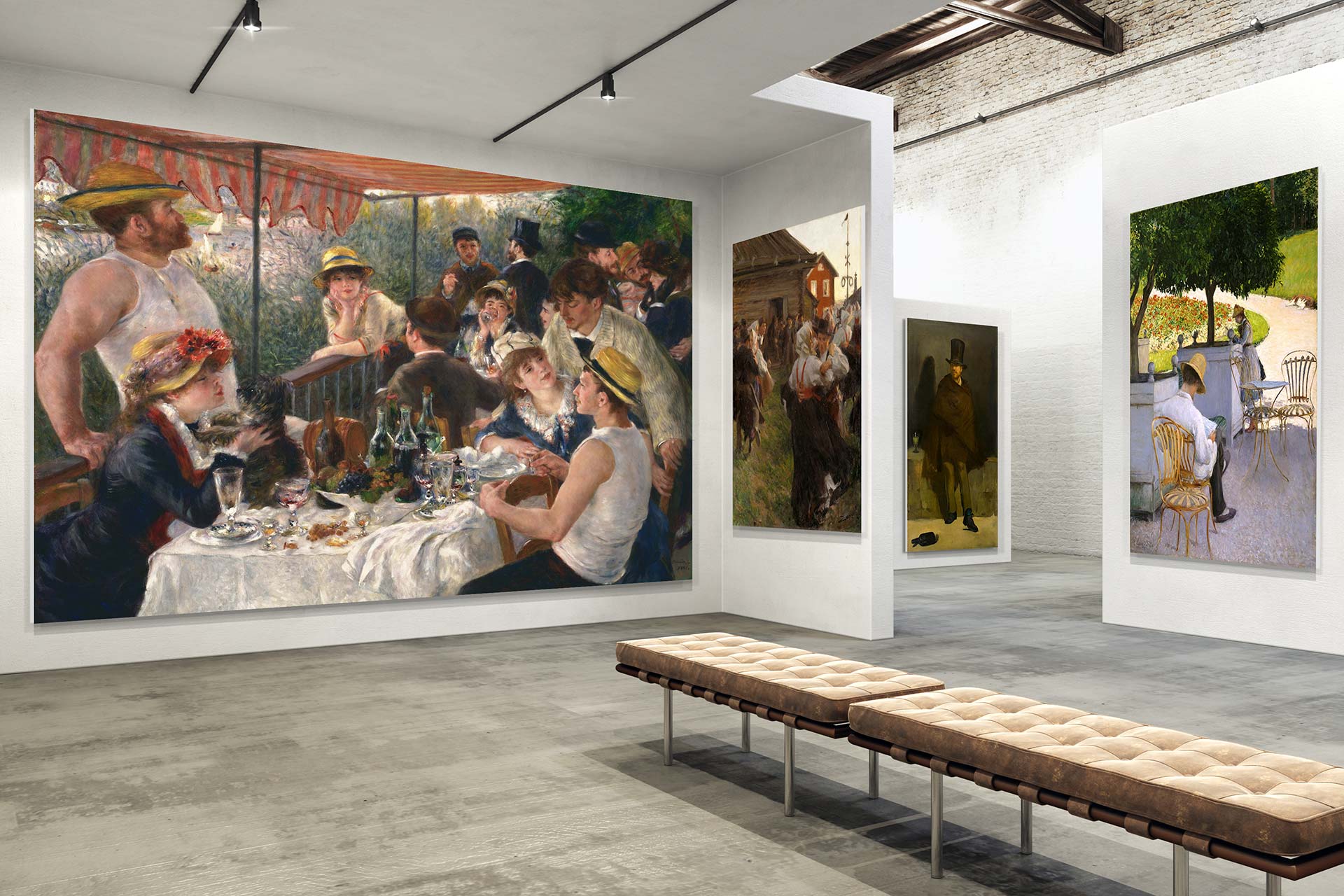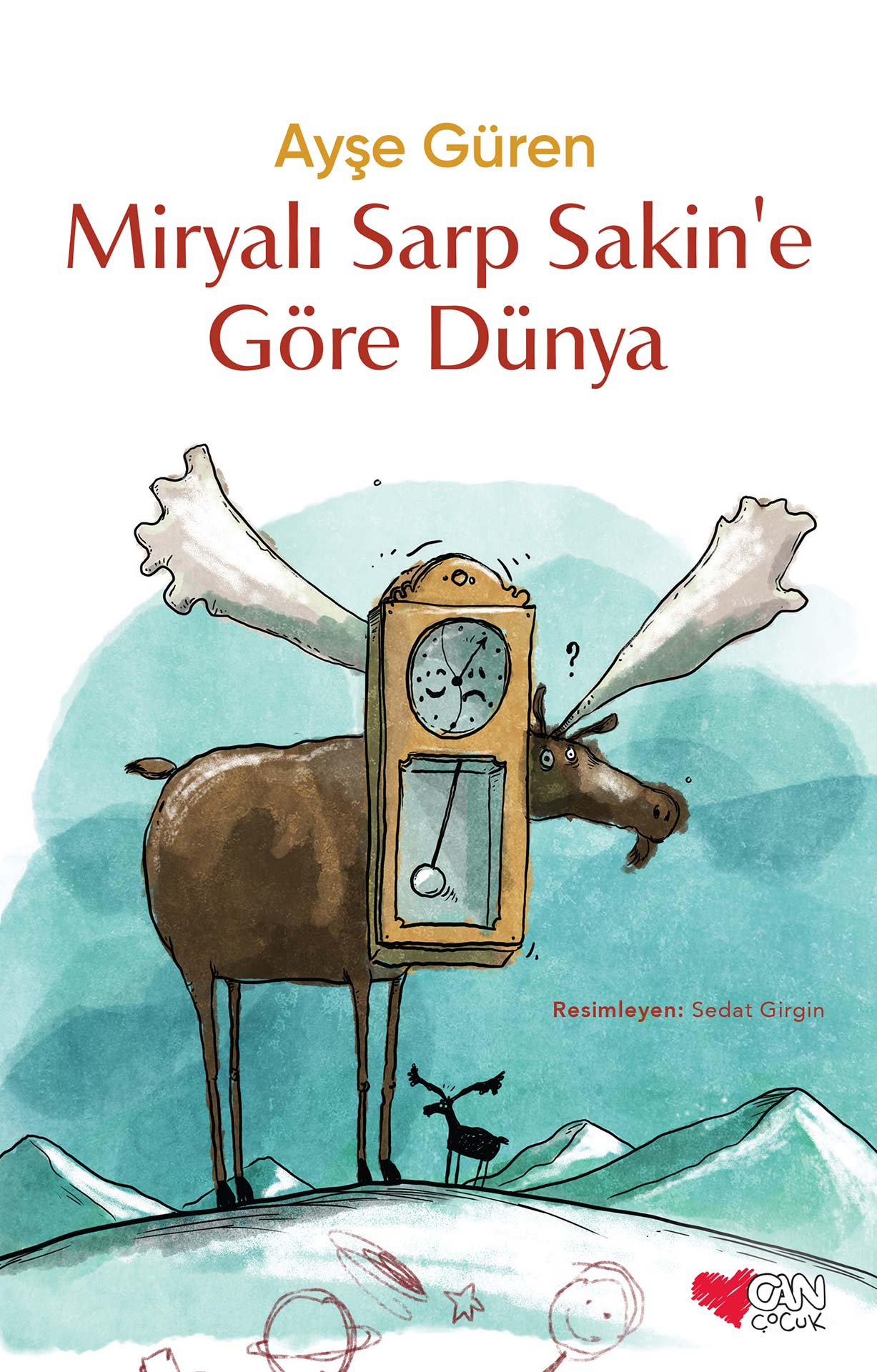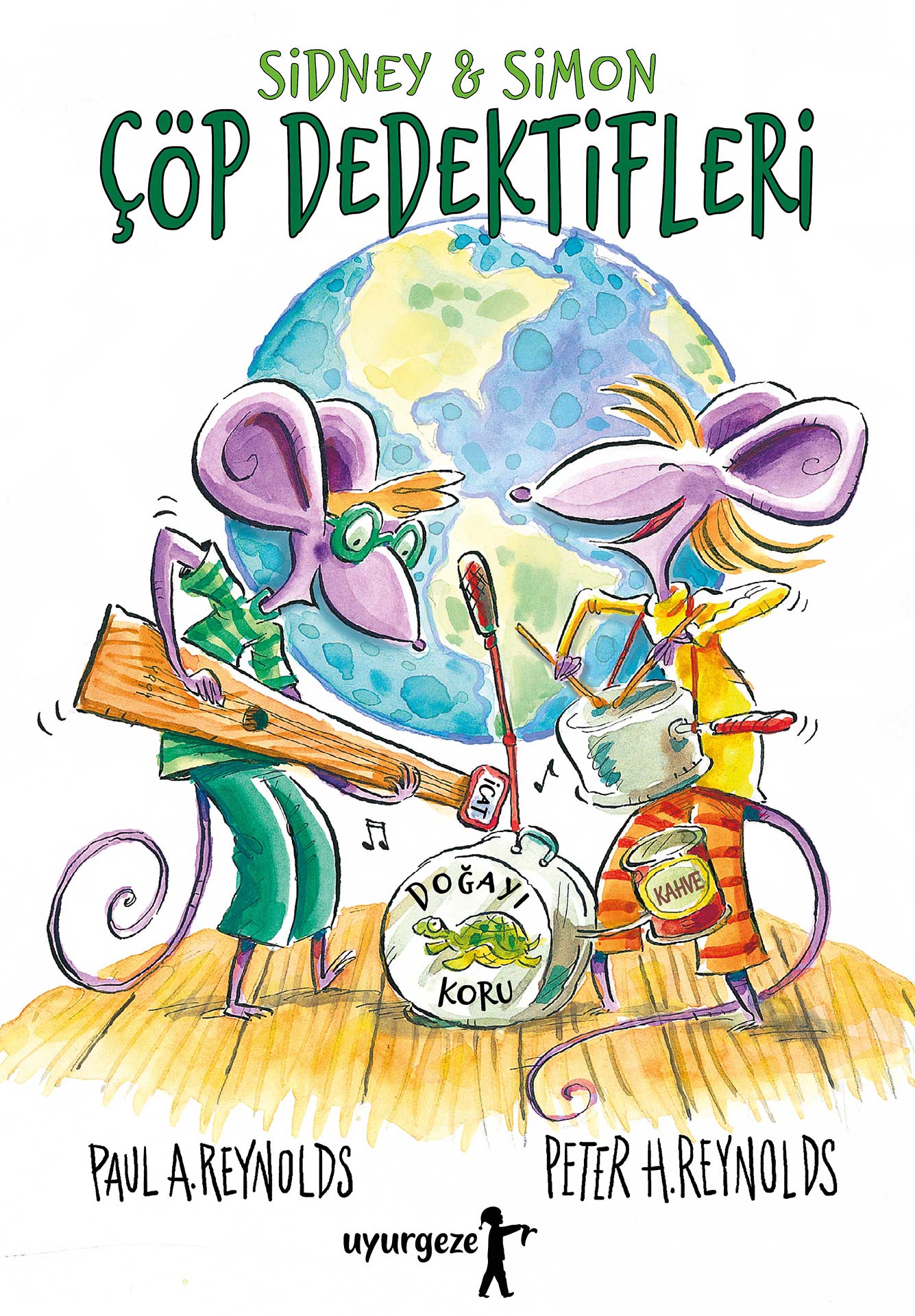
The global pandemic set the agenda in the world since the beginning of this year, cost over millions of lives and caused hundreds of thousands, including the US President Donald J. Trump and First Lady Melania Trump, to hope for a vaccine. It certainly transformed our lives. The radical changes induced by the virus called Covid-19 also affected the children’s need to attend activities in the public sphere.
As a result, art centers also developed certain projects. For example, Arkas Art Center organized online activities specifically for the children aged 5-7 and 8-10 to let them enjoy both educational and fun times. Some activities designed for the children aged 5-7 were among the most joyful ways of spending time at home for this age group: “Joyful Day for Kids”, “Happy Faces, Creative kids,” “Tale-teller Puppets”, “My Spring Flowers of Many Shapes”, “Land of Happy Dinosaurs,” “Dancing Lines”, “Learning Colors,” “My Favorite Toys and Fun Pictures”, and “A Journey into Adventure Island.” Arkas Art Center also prepared activities suitable for the abilities and development of children between the ages of 8 and 10. Additional activities such as “Who’s Gazing Through the Viewfinder?”, “Charming Artists in My Collage”, “Portraits by Creative Kids,” “My Imaginary Flowers”, “Happy Kids”, and “Designing My Theme Park” ensured that children in this age group made the most of their time at home.
As the little ones are now subjected to education through small screens or TV-based systems, their relationship with culture and arts has proceeded to become a much more vital concern than before. Since this is the case, we knocked on the door of a few publishing houses and consulted them about what kinds of programs they were offering under these circumstances and how they looked out for the profile of their young readers.
We, inevitably, put the efforts of leading museums of Turkey on this subject under a microscope as well.
Delightful reading! Pleasant sightseeing (with masks, social distancing, and disinfectants)!
Deniz Mete,
Can Yayınları
Did you make any updates to the children’s book schedule of your publishing house during the pandemic?
Closure of bookstores in the last few months and logistic problems encountered during the adaptation period naturally made it harder for the readers to get to the books. The speed and practicality the readers are used to in terms of accessing books were definitely interrupted as well. For a while, we suspended publishing new books for Can Çocuk and mainly, focused on reprints. Surely, we made critical updates in the schedule for the rest of the year and for 2021.
What does balancing the local and foreign production in this area mean to you?
This is a balance we value from many aspects. Multiculturality, cultural diversity, humanitarian richness… whatever you name it, is an essential part of, not just literature but living together. The primary prerequisite of existing in peace and harmony lies in seeing each other. This becomes much more critical when it comes to children. Offering children a rich scale empowered by different languages and cultures, ways of life and affection, and literary movements, together with quality, means introducing them to literature.
When you look at your reader profile, what kind of demands do you receive, and from which age groups?
What Can Çocuk defines as a “starting age” varies between 5 to 14 years. Whereas, our age cap is unlimited. Because literature and the gratification it delivers do not have any limits related to age… You touched a good point by mentioning “demand”: The demands of the adults surrounding children and forming children’s literature publishing are heard more than the voices of actual readers and play a more determinative role. This, of course, is understandable up to a certain point. But can we, the adults, determine that level? For example, how aware are we of the expectations and inclinations of the children, the main target audience we strive for? Or how much have we prioritized this? It is very important to ask how much we discuss the reading experiences of children with them and how much we shape our suggestions accordingly. The prevalent approach is still based on “picking a book for/on behalf of the child” and even, “making lists.” We usually choose an acceptance point somewhere between what we can write to be “enough for children” or “the best for children.” Or, we secure ourselves by considering the content with the highest economic yield as the “best.” We still need to strive a lot for a literary culture that concerns itself with the problems, curiosities, potential, aesthetic needs of children, together with children. By keeping your previous question in mind, it’s safe to say that a high quality translated literature also plays a crucial role here… Of course, the reader is still out there and has a rightful demand: The presence of a story with quality narrative and aesthetics that will evoke interest in them. The subjects vary depending on elements that fill readers’ lives, occupy their minds, and revive their emotions.
How does the interest in your books make your relationship with the little ones more special? For example, what are your reflexes when faced with multi-edition work?
Constant reprinting of certain books is considerably important for every publishing house without a doubt. This is like an affirmative reply to the survival reflex of any structure, regardless of its scale. What really matters is whether your reflex is solely based on this. How much can a publisher print works that they truly like, believe in, enjoy, above all, as a reader? How how much of their publishing ideals can they realize, how aware are they of the needs of the readers and how much can they stay honest towards the readers? This, actually, is also a matter of balance. Like our personal goals and the steps that we need to follow on the path to achieving these goals. What are your main motivations in the area of children’s books publishing? Only the answers you give to these questions will allow you to talk about a relationship you have established with your readers through your publications.
What joint projects do you carry out with schools and young ones in need, living in remote locations of Turkey?
We always prioritize providing the most meaningful support we can give to NGOs which conduct projects that go beyond donations in terms of readership and literature. Especially where libraries are not adequate. Besides publishers or NGOs, we obviously owe a lot to authors who visit the places where they are most needed with personal motivation to meet with their readers
Nevin Avan Özdemir,
İş Bankası Kültür Yayınları, Editor of Children’s and Young Adult Literature
– Did you make any updates to the children’s book schedule of your publishing house during the pandemic?
Yes, we published books that inform children on this subject and help overcome their anxieties during this period. We rapidly published many books that explain the situation to pre-school and primary school students without scaring or worrying them; teaching them what they can do under these circumstances. We did not delay our ordinary publishing schedule while doing this. We published all the books in our schedule.
– What does balancing the local and foreign production in this area mean to you?
Local books are very valuable for us but we don’t print anything just because they are local. We aim to offer local books to children in the most proper and beautiful manner. We have three editors in our children’s books department and one of them is in charge of local books only. We have published many popular local books within the past few years. I believe our charts are constantly improving in this area.
– When you look at your reader profile, what kind of demands do you receive, and from which age groups?
Our children’s and young adult sections have readers from all age groups. Parents of pre-school children are mostly interested in board books. The primary school group mostly prefers easily readable, thin adventures. Frankly, all our books in the young adult and youth sections appealed to the readers. Naturally, there are situations that are beyond our control. For example, a foreign author of one of our series wrote the first two books and then, quitted the series. It’s been many years now but the series did not continue. There are still readers who call and ask about the rest of it.
– How does the interest in your books make your relationship with the little ones more special? For example, what are your reflexes when faced with multi-edition work?
Actually, sales is the best reaction. When a book becomes popular, we examine it more closely and try to follow the same route with the other books. As editors, we try to comprehend what the children or the parents saw and liked in that book. Sometimes we go on discussing it for hours.
– What does the title “art books for children” mean to you?
I believe we are the number one publishing house in Turkey when it comes to publishing the highest number of art books for children. We have been publishing a few art books each year for almost seventeen years. We have published all kinds of art books you can think of, by both local and foreign authors, from art books with stickers to those with virtual applications. We even have art books where you can download an app that allows you to make designs or play the piano and compose. We have even published sticker books describing different art movements. Besides, these were all sold out. Maybe some didn’t sell as fast as the others but they were all successful.
– What joint projects do you carry out with schools and young ones in need, living in remote locations of Turkey?
The One Million Books project, which we carry out with İş Bank is a great activity for children where any child can bring their report card and receive books for free.
Aynur Barkın
Uyurgezer Kitap, Editor
– Did you make any updates to the children’s book schedule of your publishing house during the pandemic?
We partly had to delay the publishing dates of our new books. The pandemic broke out right when we were on the fast track. We cannot deny the fact that we were interrupted by this period. However, we continue following our printing schedule despite the delays. For example, we published three new books this month. The Bakehouse by Joy Cowley; Go Green, and Full Steam Ahead by Paul and Peter Reynolds. Two more books are in line for the following month.
– What does balancing the local and foreign production in this area mean to you?
We believe that half local and half foreign books make a good balance. But all the books we have published so far are translated. Children’s literature is institutionalized and has created its own traditions in many countries. We select and print high-quality books through comprehensive catalog scans. We want local works we publish to be of the same quality. Unfortunately, the application files usually contain texts without any original spark. We do not believe nor are in any hurry to publish local books just for the sake of publishing them. We have to maintain a certain level of quality. On the other hand, we are aware that the children living on these lands have many stories worthy of telling. We are looking forward to publishing meticulous local files that underwent a lot of effort. In this respect, our first local book will be by Çiğdem Sezer. We hope the rest will follow and over time, we will reach a balance of half and half.
– When you look at your reader profile, what kind of demands do you receive, and from which age groups?
The parents and teachers of our child readers do most of the talking on our books. Unfortunately, the voices of the children are not heard loudly enough. It is natural for parents and teachers to have some expectations for children’s books. However, we really care a lot about hearing more opinions and suggestions from children in this area. It is interesting; the reactions we received proved that we publish books that meet the expectations of both the children and the adults. While adults in almost all age categories demand books that will help resolve the problems they have with children and focus on the current issues, children seek more popular, entertaining, and light books.
– How does the interest in your books make your relationship with the little ones more special? For example, what are your reflexes when faced with multi-edition work?
We feel that we are one step closer to understanding children. We consider ourselves to have taken another step further into discovering the children’s worlds with each book we publish. We, the publishers of children’s books, are in a way the explorers of the worlds of children. There is another twist to this: We, adults, are the ones who write books for children. The claim that one can understand their issues, their emotional worlds, and put that to paper is a bit problematic in itself.
Dunger is one of the books with the highest number of prints. With each new edition, we feel that the children laugh with us in the same sentence, that we enjoy empathy by imagining what they are thinking and we start zealous work. We believe we are on the right track. This gives an extraordinary motivation to work.
– What joint projects do you carry out with schools and young ones in need, living in remote locations of Turkey?
We are a young publishing house. We have been publishing books for two years. We don’t have work that is of size considerable enough to be called a project yet. We are gradually establishing relationships with schools. I hope we can find the chance to carry out joint projects in the following years.
In this respect, how does the triangle of children, art, and books coincide with your brand?
We perceive books as an intellectual production creates itself through the imagination of art.
Introducing children to works that will nurture and incite their imagination will give them the opportunity to make sense of art. Therefore, we strive to offer books to children by highlighting their value as works of art as much as possible.
We published Rose Lou 4-book series by French author Pakita, two-book series Miss Fox’s Class by American author Elieen Spinelli, Der Tag, an dem die Oma das Internet kaputt gemacht hat (The Day Grandma Broke The Internet) by German author Marc Uwe-Kling, What an Exam and What an Experiment by Spanish author Jorid Sierra i Fabra and
Dunger and The Bakehouse by Joy Cowley from New Zealand.
Let me tell you a bit about the names in our future publication schedule. We will soon offer the novel, Speechless by Canadian author Jennifer Mook-Sand to the readers. We will also publish a fairy tale book. Tales for Alyonushka by Russian author Dmitriy Mamin-Sibiryak will soon be on the shelves. We are excited to translate both authors into Turkish for the first time. Finally, we are preparing a novel by dear Çiğdem Sezer.





